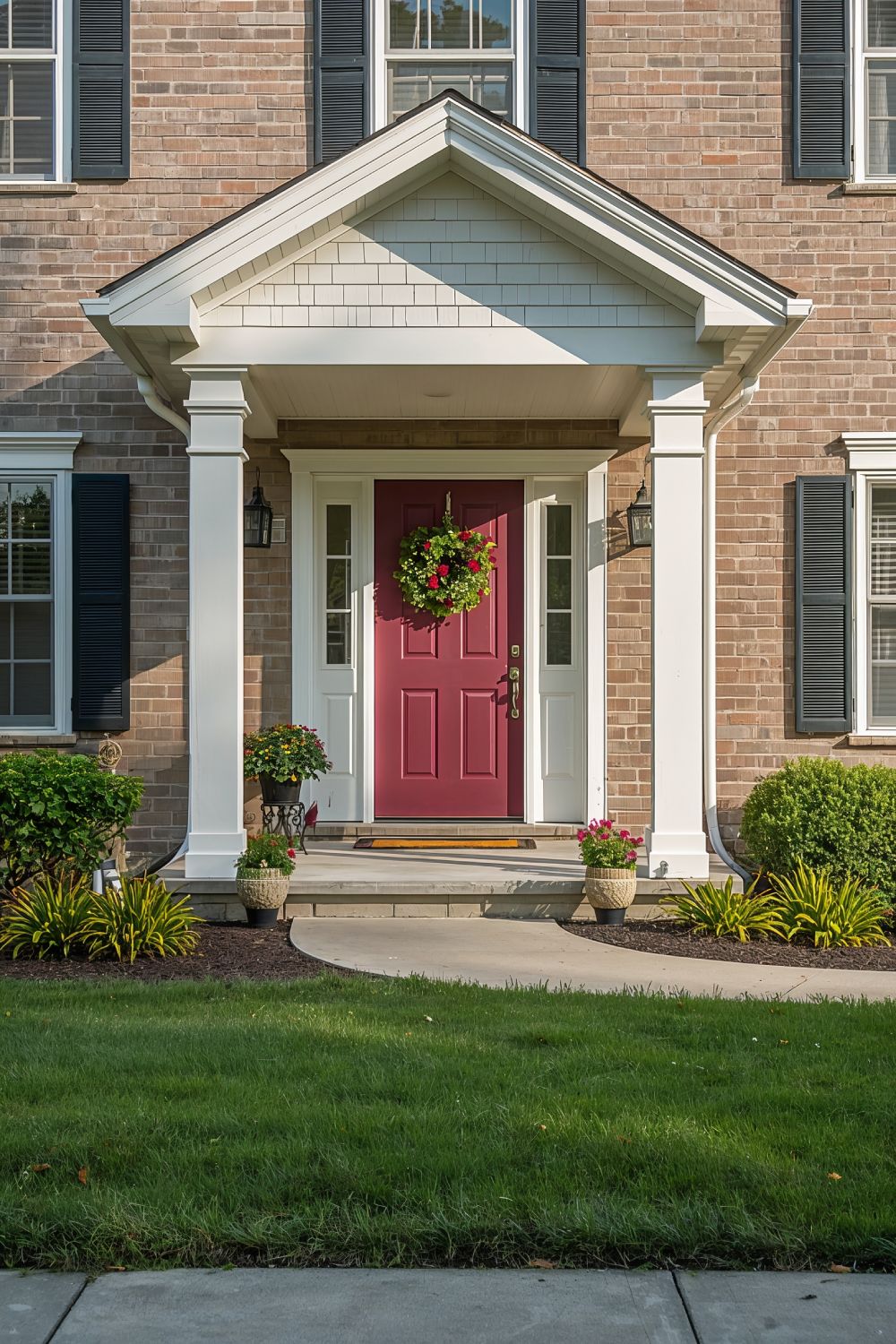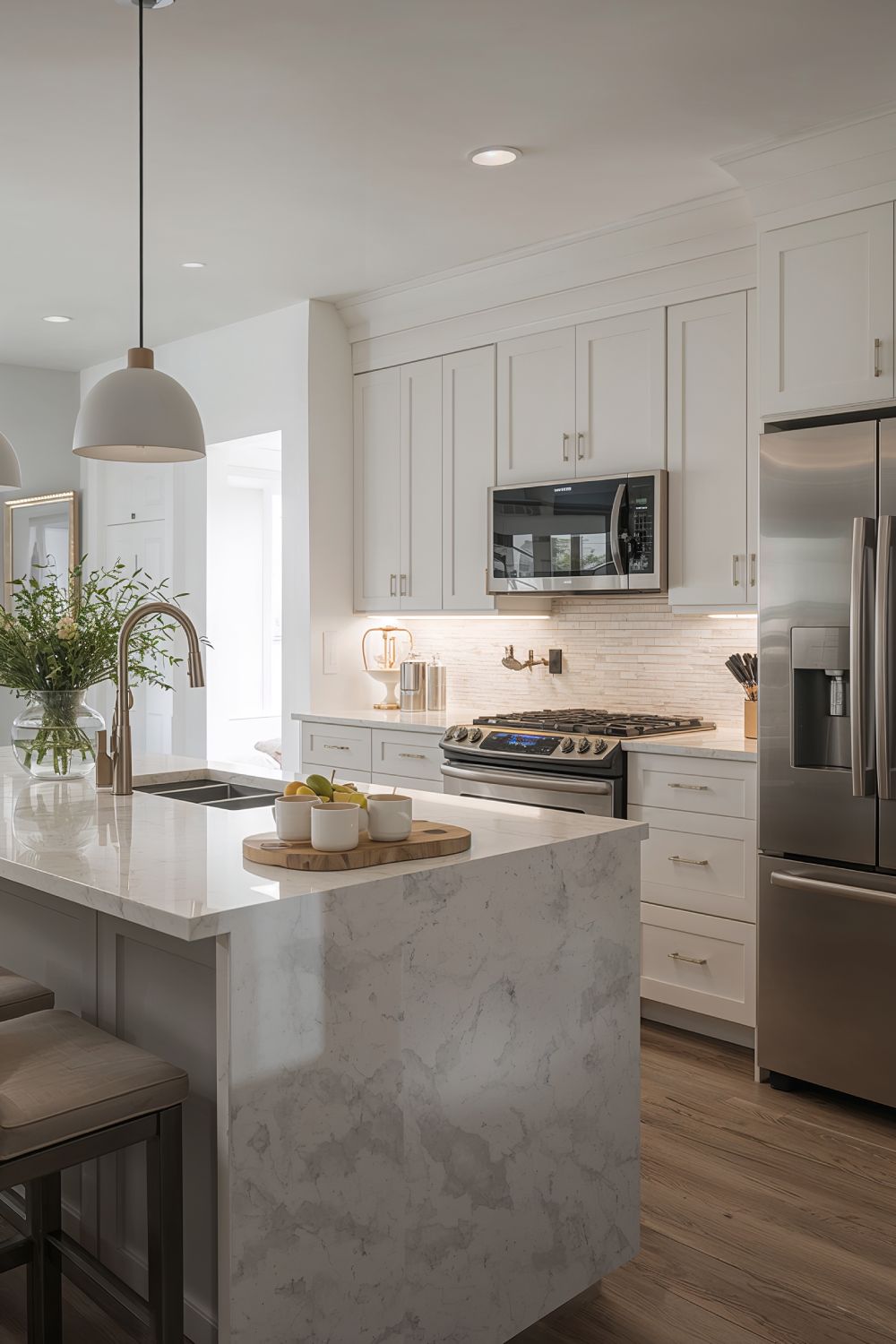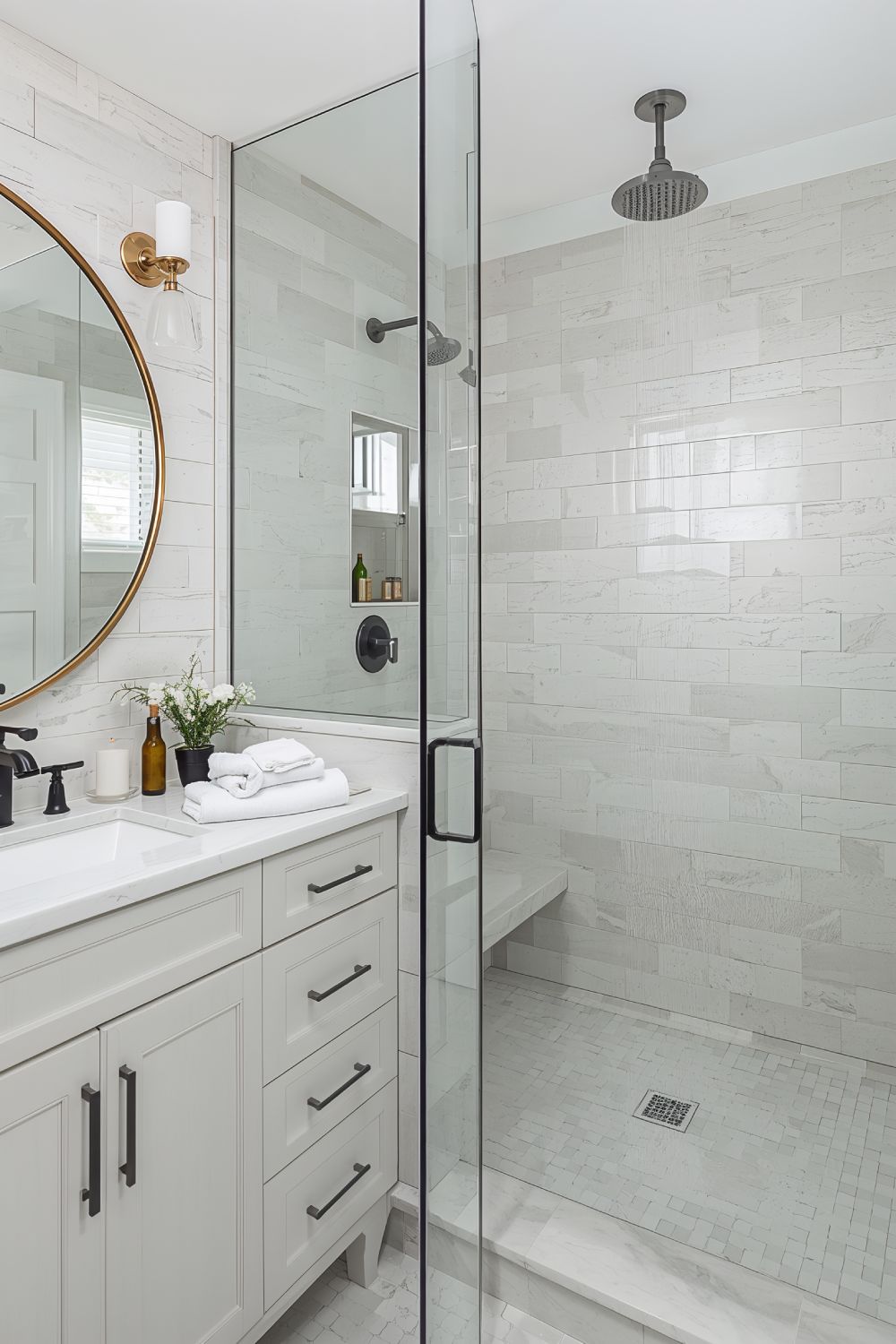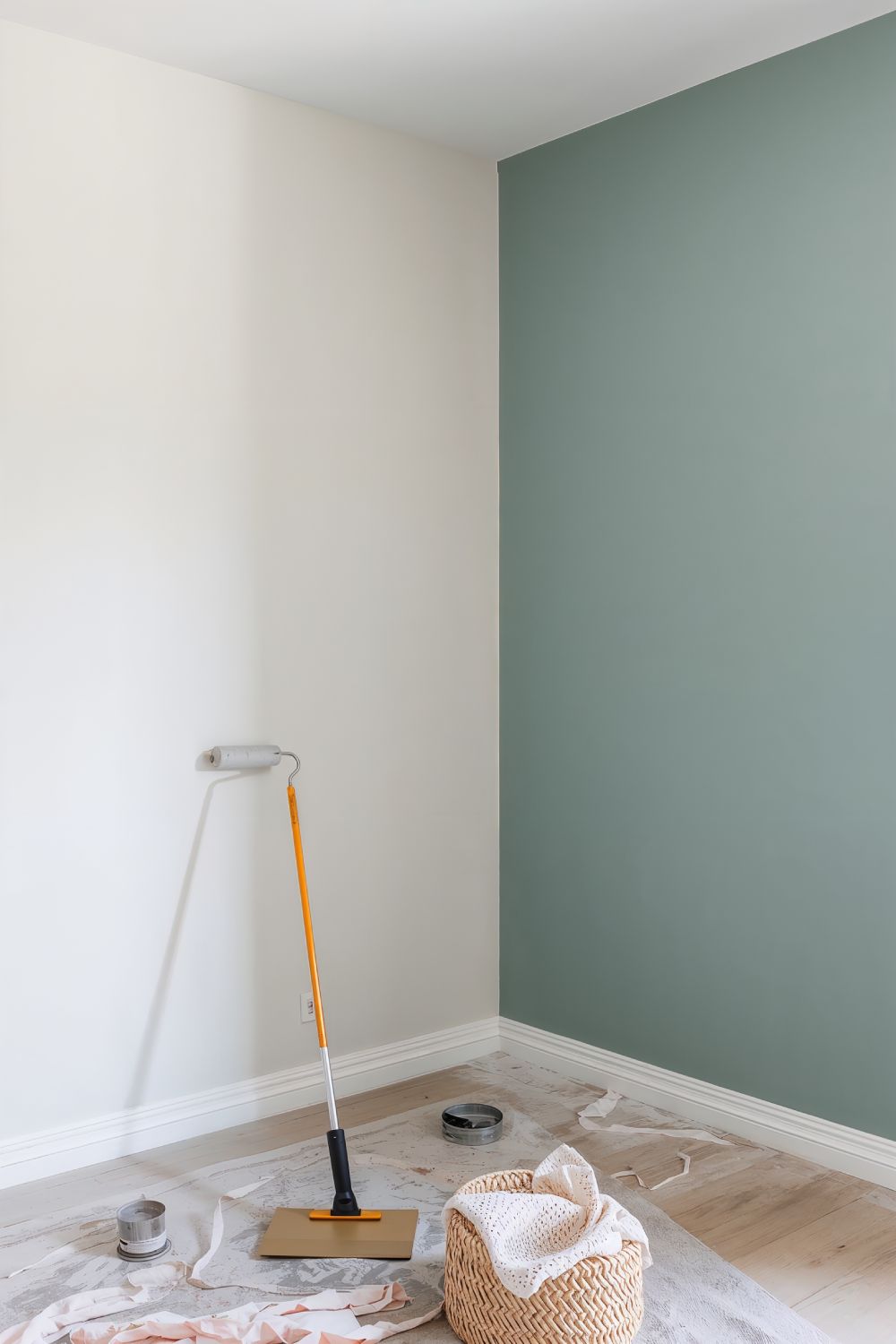Selling a home is both an emotional and financial decision. While memories and attachment play their role, the reality of the market is often measured in numbers how quickly the home sells and at what price. Many homeowners wonder whether investing in renovations before listing is worth the time and expense. The truth is, certain improvements can dramatically increase a property’s appeal and profitability, while others do little more than drain resources.
Renovations that pay off are those that balance modern buyer expectations with practicality. They don’t always involve tearing down walls or undertaking full-scale remodels. Often, smaller updates with broad appeal create the biggest return on investment, helping a home stand out while remaining cost-efficient for the seller.

The Power of First Impressions
Buyers form opinions almost instantly, which is why curb appeal renovations consistently rank among the most profitable. A home’s exterior sends the first message, signaling whether the property is cared for and worth serious consideration. Fresh paint on trim, a well-maintained lawn, or a newly updated front door often delivers outsized results compared to the cost. Even if buyers intend to renovate further after moving in, an inviting first impression makes them more willing to place competitive offers.

Sellers often underestimate the emotional pull of a tidy yard, clean driveway, and fresh landscaping. These aren’t purely aesthetic upgrades they subtly suggest that the entire home has been cared for, which increases buyer confidence and strengthens offers.
Kitchens: The Heart of ROI
No other room carries as much weight with buyers as the kitchen. It’s the space most often associated with family gatherings, daily routines, and celebrations. Modern, functional kitchens signal a home ready for living, not just existing.

Profitable kitchen renovations don’t necessarily mean a full gut remodel. Updating countertops with durable materials, refreshing cabinetry with paint or new hardware, and installing energy-efficient appliances can make a striking difference. Buyers often place disproportionate value on kitchens, making even small upgrades feel more impactful when they tour a property.
Lighting also plays a role. Well-placed fixtures over islands or under cabinets not only highlight the design but also add functionality. A bright, modern kitchen resonates strongly with buyers and can often be the tipping point in their decision-making.
Bathrooms That Feel Fresh

Bathrooms are another area where investment often pays off. Like kitchens, they are highly functional spaces that buyers want to feel clean and modern. Renovations here don’t have to be extensive new vanities, updated mirrors, modern faucets, and fresh tile grout often make a bathroom feel brand new.
Walk-in showers, rainfall showerheads, and energy-efficient fixtures are features that buyers consistently value. While a full bathroom remodel may not always yield a dollar-for-dollar return, strategic updates that make the space feel spa-like often translate into stronger offers and faster sales.
Flooring That Changes Everything

One of the quickest ways to transform a home is by updating flooring. Old carpets, scuffed hardwood, or dated tile can detract from a property’s potential, while modern, clean flooring creates a sense of freshness.
Hardwood remains the gold standard for many buyers, but high-quality vinyl and laminate alternatives are gaining popularity due to durability and affordability. Replacing or refinishing flooring throughout the home creates cohesion, which makes properties feel larger and more inviting. Buyers may not consciously identify the flooring as the reason for their positive impression, but they often respond strongly to the sense of continuity it creates.
Energy Efficiency and Long-Term Value
Today’s buyers are increasingly focused on energy efficiency, and renovations in this area often pay for themselves in higher offers. New windows, upgraded insulation, smart thermostats, and energy-efficient appliances all add to a property’s perceived value. Not only do these features lower utility bills, but they also signal a home that is aligned with modern standards of sustainability.
For sellers, highlighting these upgrades during showings or in listings can set the home apart. Many buyers actively seek properties where these investments have already been made, sparing them the expense and hassle of retrofitting later.
Balancing Renovation with Selling Strategy
Even the most profitable renovations should align with the broader selling strategy. While updates make a home more appealing, sellers also need a streamlined process to ensure those improvements translate into results. This is where aligning with trusted professionals such as Fort Worth home buyers for cash becomes essential. By pairing smart renovations with a reliable selling option, homeowners ensure that the time and money invested in updates deliver not only in buyer appeal but also in a smooth, profitable transaction.
Paint: The Simplest Game-Changer

Few renovations match the return on investment of fresh paint. Neutral tones in soft grays, warm whites, and earth-inspired shades create a blank canvas that appeals to the widest pool of buyers. Freshly painted walls make homes feel larger, brighter, and cleaner.
Accent walls or subtle textured finishes can add character without alienating buyers. The goal is to create a balance inviting enough to stand out, but neutral enough for buyers to envision their own style within the space.
Minor Details, Major Impressions
Sometimes, it’s the smallest details that create the biggest impact. Replacing old doorknobs, updating light switches, or installing modern faucets can collectively refresh the feel of a home. Buyers may not explicitly notice these updates, but they feel the difference when walking through a property that has been thoughtfully refreshed.
Even staging with modern lighting, simple décor, or well-placed mirrors can enhance the impact of renovations. These finishing touches help buyers emotionally connect with the home, making them more likely to act quickly and offer competitively.
When Not to Renovate

It’s important to remember that not all renovations pay off equally. Luxury upgrades such as high-end pools, elaborate built-in systems, or custom specialty rooms rarely deliver the same return. While they may impress, they often appeal to a narrower buyer pool, reducing their profitability.
Sellers should focus on renovations that broaden appeal rather than limit it. Clean, modern, and functional spaces attract the most buyers, and in real estate, broad demand usually equals stronger offers.
Final Thoughts
Renovating before selling can feel like a gamble, but when approached strategically, it’s one of the smartest ways to maximize value. Kitchens, bathrooms, flooring, and curb appeal consistently deliver strong returns, while paint, lighting, and small updates round out the effort with significant results.
At the heart of profitable renovations lies the balance between what buyers desire and what sellers can reasonably invest. By focusing on improvements that enhance first impressions and meet modern expectations, homeowners position their properties for faster sales and higher offers.
Selling a home is ultimately about creating an experience for buyers one where they can immediately envision themselves living comfortably and confidently. With the right renovations and a clear selling strategy, that vision becomes easier to achieve, and the rewards follow naturally.

